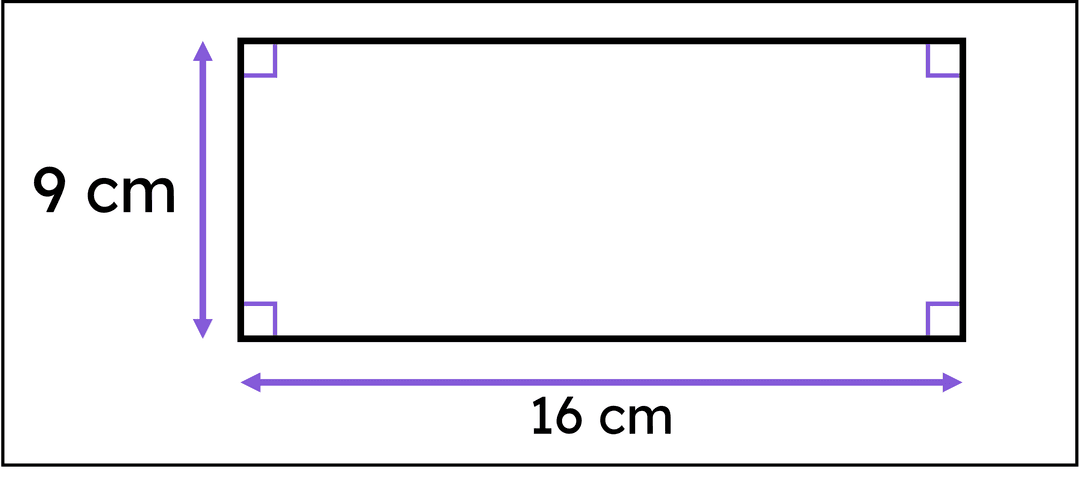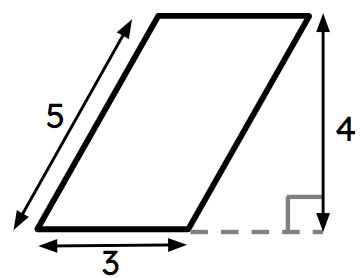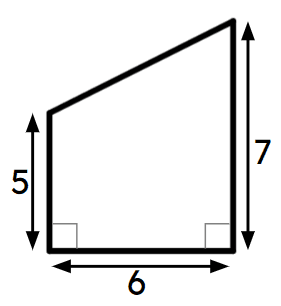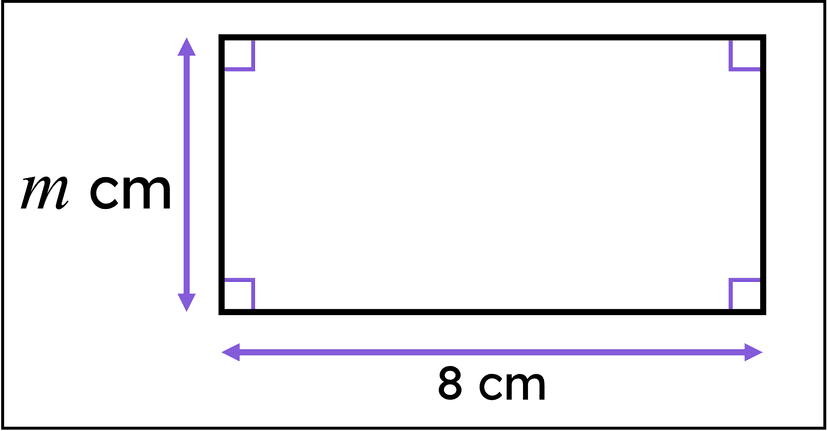
New
New
Year 10
Higher
Checking and securing understanding of perimeter for standard shapes
I can calculate the perimeter of rectangles, triangles, parallelograms and trapeziums efficiently.
New
New
Year 10
Higher
Checking and securing understanding of perimeter for standard shapes
I can calculate the perimeter of rectangles, triangles, parallelograms and trapeziums efficiently.
Lesson details
Video
Loading...
Starter quiz
Download starter quiz
6 Questions
Exit quiz
Download exit quiz




